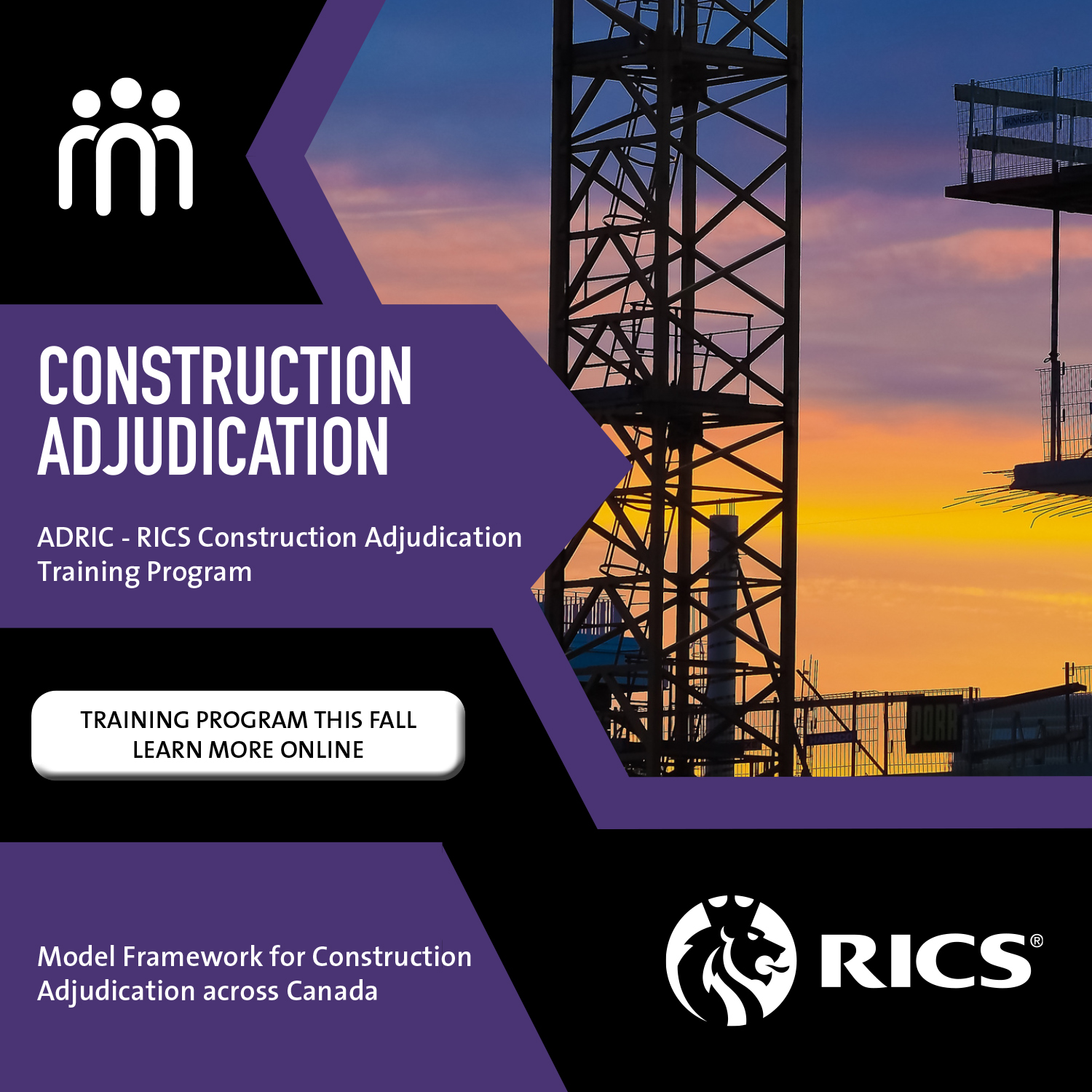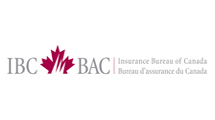Published on Law Times News | by Anita Balakrishnan | 22 Jan 2020

Janet McKay & Colm Brannigan
Canada’s forthcoming “med-arb” rules are among the first of their kind, and the creators say they are already fielding information requests from around the world.
The guidelines, which were approved in December and are in the final polishing stages by the ADR Institute of Canada, provide a model for a mash-up alternative dispute resolution process, where the parties first try to work it out using mediation, and then move directly to an arbitration process if they are unable to come to a resolution within an acceptable timeline.
Because dispute resolution processes are bespoke, creative practitioners in some areas of the law have already been using this process for a while, says Colm Brannigan, an arbitrator and mediator who previously practiced as a lawyer. While applications vary in different practice areas and by province, using the same “neutral” for the mediation and arbitration can save time and money by avoiding the commencement of two separate processes with an adjudicator that needs to re-learn the facts of the dispute, he says.
“Med-arb is not a new concept, it’s been around quite a while, although I think it’s fair to say it hasn’t been that well understood,” says Brannigan. “And so what ADRIC is doing is . . . . setting out a fairly clear pathway for people to use what is really quite an innovative standalone process.”
There’s no one-size-fits-all approach to alternative dispute resolution. But the med-arb system presents another clear path to a final decision, so that if a mediation unravels, parties aren’t left wondering what their options are between litigation and arbitration, says Brannigan. Brannigan says that there has been increasing interest in med-arb in the past few years, prompting ADRIC to look at ways they could help practitioners better make use of combined tools.
But the med-arb mash-up has presented challenges to some practitioners, particularly as they decide whether to move from the role of mediator to arbitrator or bring in a new neutral party to arbitrate. If the mediator moves forward as the arbitrator, it can save the parties time and money, since the neutral party is already familiar with the facts of the dispute, says Brannigan. But in the latest issues of ADRIC’s newsletter, lawyers explained that there is also a downside to having one neutral party handle both parts of the med-arb process.
“There is the risk of contamination of the arbitrator’s mind because of information obtained in the without prejudice mediation,” wrote Osler, Hoskin & Harcourt LLP lawyers Lauren Tomasich and Eric Morgan, with articling student Sarah Firestone.
“Positions taken and evidence disclosed for the purpose of mediation are done without prejudice. Using the same neutral as arbitrator who was the mediator may mean that their understanding of the case is tainted by what they learned during the without prejudice proceedings,” they added. “The changing role of the neutral may lead parties to feel inhibited in the mediation process and disclosing and discussing their interests because of a concern that this information may later be used against them.”
Brannigan says that ADRIC’s new model can help neutrals fashion a more streamlined approach to med-arb: One where an arbitrator is ready in the wings to take over when needed. Such a system would make the path of dispute resolution clear and affordable for the parties, he says.
“I think it actually is listening to what clients want, which is an outcome — an opportunity to fix the problem, and then an outcome if they don’t,” he says. “Unfortunately, our concept of getting to the end of a trial or getting to end full arbitration is costly and very time-consuming.”
ADRIC Executive Director Janet McKay says that in addition to the training needed to become both an arbitrator and a mediator, there will be additional training offered for med-arb as well as a designation for it. But, she says, the model rules will be written so that self-represented parties can clearly understand the procedure.
“This provides, in the right case, an opportunity to move on. Because there’s a huge cost involved in unresolved conflict and disputes, and it’s not just money. It’s time. It’s people’s lost opportunities, and the kind of damage that being in that situation causes individuals,” he says. “So, this provides a speedy, fair, well-designed process that’s just quite unique. ADRIC is, with this step, truly a world leader in this. That’s something we should also be very proud of.”












